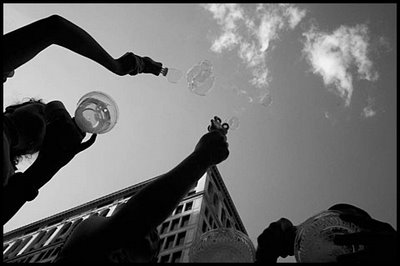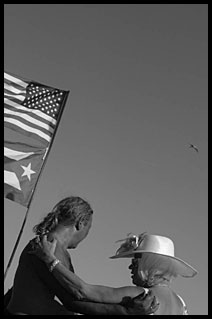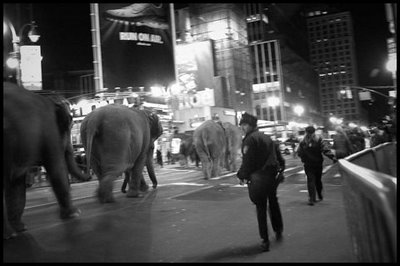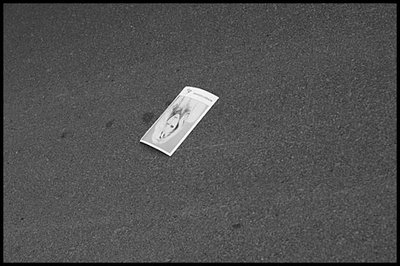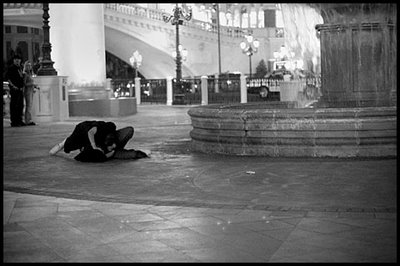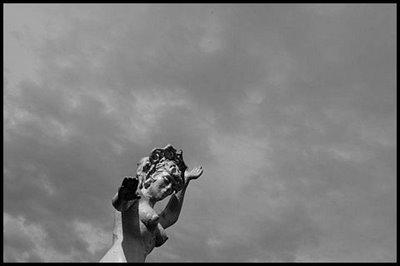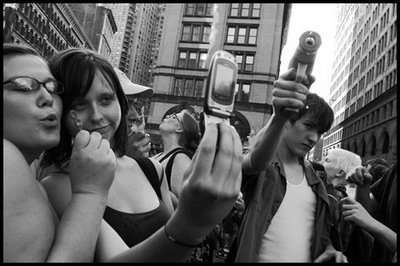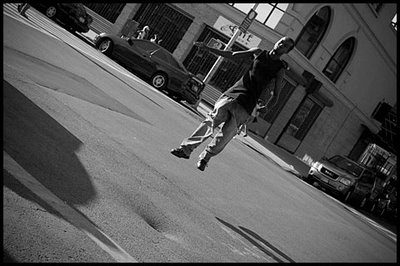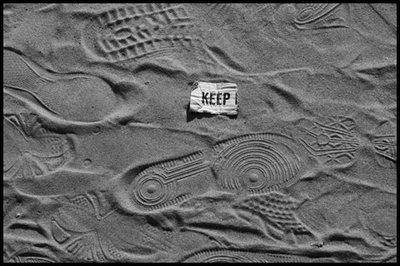
Three quotes from
Burning with Desire: The Conception of Photography by Geoffrey Batchen:
"Faced with the invention of photography, French painter Paul Delaroche is supposed to have declared, 'From today, painting is dead!' Now, a little over 150 years later, everyone seems to want to talk about photography's death." (Page 207)
"Photography's plausibility has long rested on the uniqueness of its indexical relation to the world it images, a relation regarded as fundamental to its operation as a system of representation. As a footprint is to a foot, so is a photograph to its referent. ... For this reason, a photograph of something has generally been held to be a proof of that thing's being, even if not of its truth. Computer visualization, on the other hand, can produce photographic-style images with apparently no direct referent in an outside world. Where photography is inscribed by the things it represents, digital images may have no origin other than their own computer programs." (Pages 212 - 213)
"But how is reality, or photography for that matter, threatened? It should be clear to those familiar with the history of photography that a change in imaging technology will not, in and of itself, cause the disappearance of the photograph and the culture it sustains. Photography has never been any one technology; its nearly two centuries of development have been marked by numerous, competing instances of technological innovation and obsolescence, without any threat posed to the survival of the medium itself."
Above: an image from my street photography portfolio
Waiting for the April Fool's Parade (copyright 2006 Ted Fisher).
